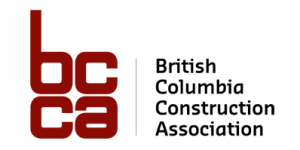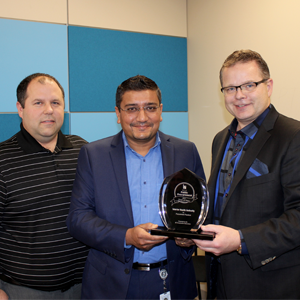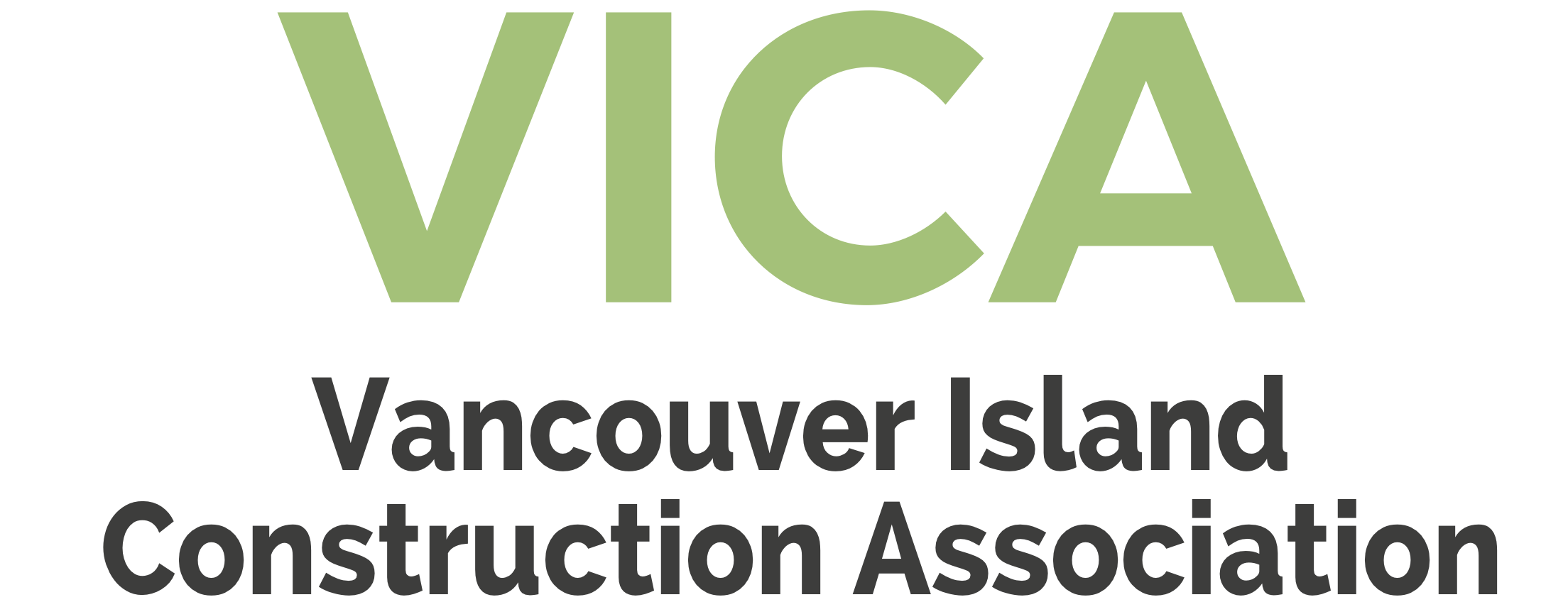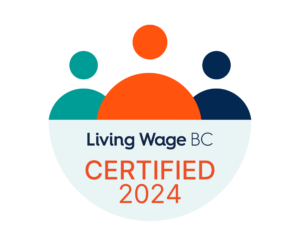Q&A: Jigar Patel, Director of Capital Projects, Interior Health Authority
Interior Health Authority presented a 2017 Best of Public Procurement Award for Procurement Practices.
With major projects constantly on the go, in construction and maintenance, the procurement team of Interior Health Authority has a full workload. That doesn’t stop them from leading the way in best procurement practices and viewing the entire process as “constant evolution”.
We sat down with Jigar Patel, Director of Capital Projects for Interior Health Authority to learn more about the procurement team and their work.
Thank you for taking a moment to chat with us. First, can you please describe the projects and scope of your procurement team?
Interior Health oversees the delivery of health care to 4 hospitals, 2 tertiary hospitals, and 16 community hospital, covering an area over 215,000 square kilometers in B.C.’s southern interior. The Procurement team of five is responsible for procuring large construction projects between $100k and $20m, as well as maintenance projects under $100k. The team provides support to large public/private partnerships (P3) involving major capital construction projects. Over 100 projects every year that reflect the expansion and modernization of hospital and care facilities across the region.
That’s a lot of work. In a sentence or two, can you tell us what you think is the secret to a successful procurement process?
Making it open, accessible, fair and accountable to providers of goods and services while balancing it against organizational needs and efficiencies lead to the optimized procurement process.
You were recognized for many best practices. Which of them was the biggest challenge and why?
Most best practices that Interior Health is recognized for are part of electronic bidding process that Interior Health has adopted. These were the most challenging and most rewarding at the same time. As a paradigm shift, initially, it involved learning and adapting to the new processes and protocols. However, soon after the initial hurdle, we have seen improved efficiencies in terms of time, ease of access and staffing resources. Moreover, given that less paper is involved in the process, it aligns with Interior Health’s sustainability priority. Shifting to electronic platform, having well-defined procurement processes that closely align with trade agreements and procurement best practices, along dedicated efforts by our procurement team have led to this significant recognition.
And lastly, what advice would you give other public sector procurement professionals?
Public procurement process is subjected to constant evolution. The new trade agreement that came into effect mid-this year is intended to promote more open, equitable and transparent opportunities for goods and services providers. It will make the process more accountable and transparent. I’d tell other procurement professionals to be involved with the industry. Interior Health has been actively participating in Southern Interior Construction Association (SICA) meetings and events, which has helped adopt procurement processes that are industry relevant. We’ve heard that procurement is a road-block, we want it to be fair and accountable. It’s a lot of hard work, lessons learned and constant refinement of the process.
Related:
Q&A: Elizabeth Zhu, Acting Manager, Facilities Procurement Lower Mainland Facilities Management
See list of 2017 Best of Public Procurement honourees.
Read Press Release for 2017 “Best of Public Procurement”










